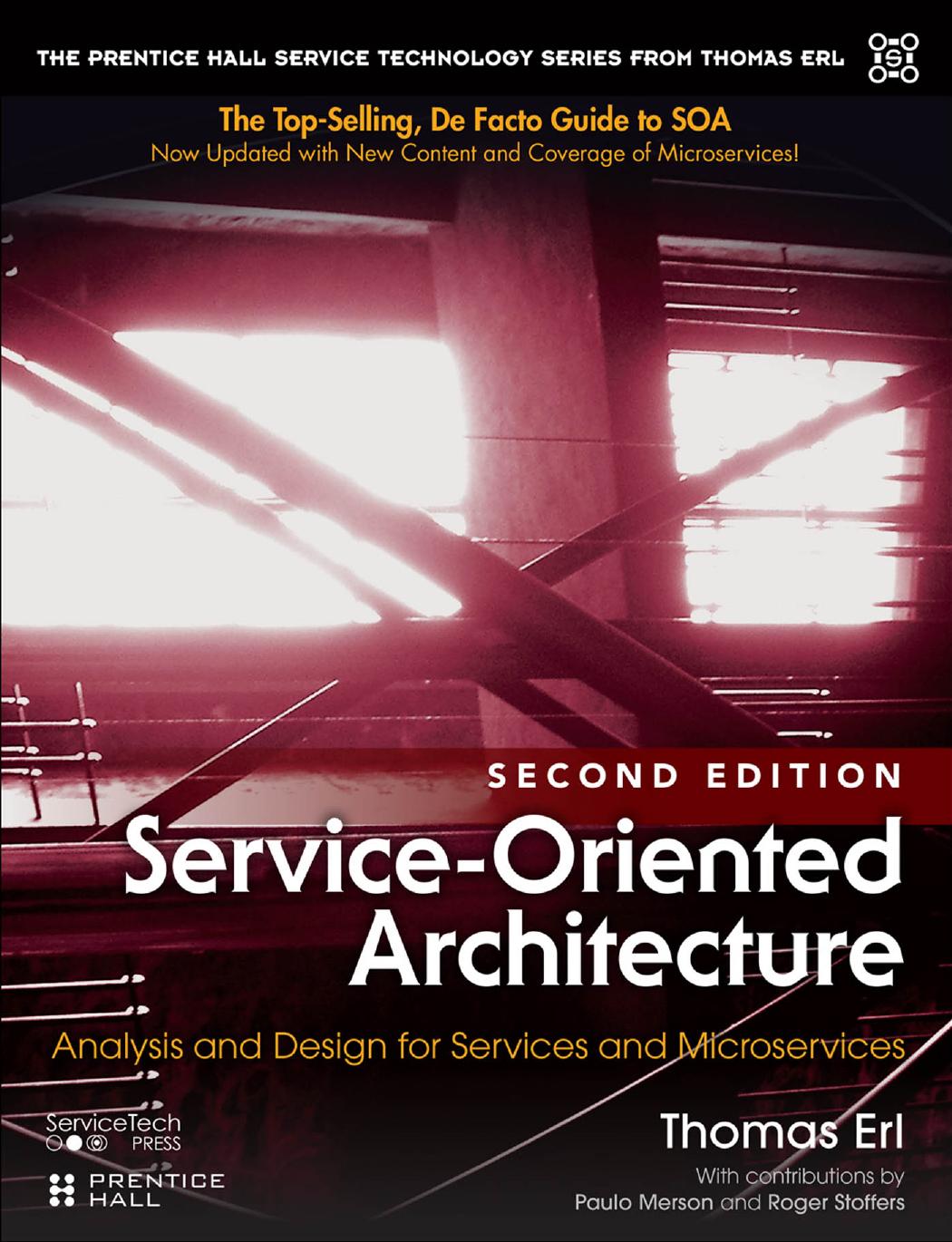Service-Oriented Architecture: Analysis and Design for Services and Microservices by Erl Thomas

Author:Erl, Thomas
Language: eng
Format: epub, pdf
Publisher: Pearson Education
Published: 2016-12-20T05:00:00+00:00
Resources vs. Entities
Part of the REST service modeling process explores the identification of resource candidates. It is through the definition of these resource candidates that we begin to introduce a Web-centric view of a service inventory. Resources represent the “things” that need to be accessed and processed by service consumers.
What we are also interested in establishing during the service-oriented analysis stage is the encapsulation of entity logic. As with resources, entities also often represent “things” that need to be accessed and processed by service consumers.
What then is the difference between a resource and an entity? To understand REST service modeling, we need to clearly understand this distinction:
• Entities are business-centric and are derived from enterprise business models, such as entity relationship diagrams, logical data models, and ontologies.
• Resources can be business-centric or non-business-centric. A resource is any given “thing” associated with the business automation logic enabled by the service inventory.
• Entities are commonly limited to business artifacts and documents, such as invoices, claims, customers, etc.
• Some entities are more coarse-grained than others. Some entities can encapsulate others. For example, an invoice entity may encapsulate an invoice detail entity.
• Resources can also vary in granularity, but are often fine-grained. It is less common to have formally defined coarse-grained resources that encapsulate fine-grained resources.
• All entities can relate to or be based on resources. Not all resources can be associated with entities because some resources are non-business-centric.
The extent to which we need to formalize the mapping between business-centric resources and entities is up to us. The REST service modeling process provides steps that encourage us to define and standardize resources as part of the service inventory blueprint so that we gain a better understanding of how and where resources need to be consumed.
From a pure modeling perspective we are further encouraged to relate business-centric resources to business entities so that we maintain a constant alignment with how business-centric artifacts and documents exist within our business. This perspective is especially valuable as the business and its automation requirements continue to evolve over time.
Download
Service-Oriented Architecture: Analysis and Design for Services and Microservices by Erl Thomas.pdf
This site does not store any files on its server. We only index and link to content provided by other sites. Please contact the content providers to delete copyright contents if any and email us, we'll remove relevant links or contents immediately.
The Mikado Method by Ola Ellnestam Daniel Brolund(20603)
Hello! Python by Anthony Briggs(19899)
Secrets of the JavaScript Ninja by John Resig Bear Bibeault(18208)
Dependency Injection in .NET by Mark Seemann(18108)
The Well-Grounded Java Developer by Benjamin J. Evans Martijn Verburg(17575)
OCA Java SE 8 Programmer I Certification Guide by Mala Gupta(17421)
Kotlin in Action by Dmitry Jemerov(17183)
Adobe Camera Raw For Digital Photographers Only by Rob Sheppard(16930)
Algorithms of the Intelligent Web by Haralambos Marmanis;Dmitry Babenko(16234)
Grails in Action by Glen Smith Peter Ledbrook(15390)
Test-Driven iOS Development with Swift 4 by Dominik Hauser(10393)
Becoming a Dynamics 365 Finance and Supply Chain Solution Architect by Brent Dawson(8053)
Microservices with Go by Alexander Shuiskov(7818)
Practical Design Patterns for Java Developers by Miroslav Wengner(7718)
Test Automation Engineering Handbook by Manikandan Sambamurthy(7670)
Angular Projects - Third Edition by Aristeidis Bampakos(7159)
The Art of Crafting User Stories by The Art of Crafting User Stories(6611)
NetSuite for Consultants - Second Edition by Peter Ries(6532)
Demystifying Cryptography with OpenSSL 3.0 by Alexei Khlebnikov(6305)
